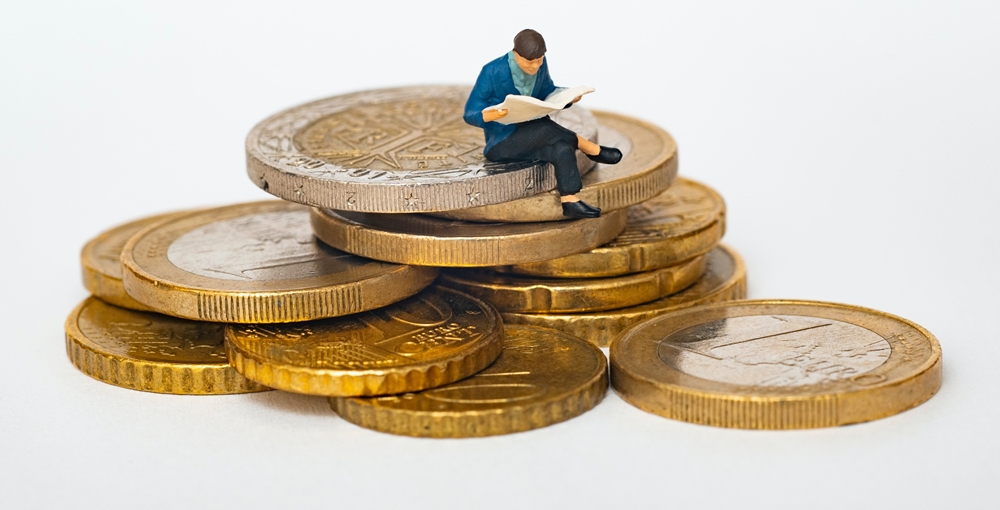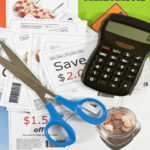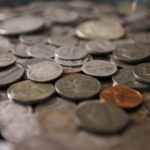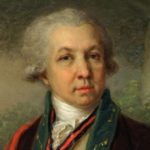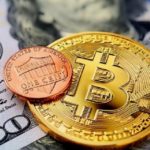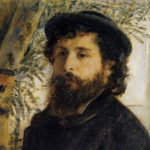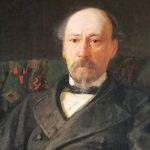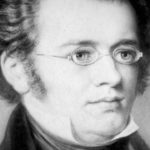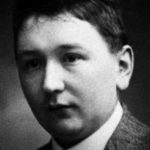History of money – interesting information for kids
In this post, we will talk about the history of money for kids. At one time, when people wanted to buy anything they had to give something else in exchange for it. For example, if a farmer wanted to buy bread from a baker, he offered him eggs in exchange. The baker would accept them because he needed eggs. At this period, a person’s ‘money’ consisted of the goods that he possessed or could produce. As communities became larger and trade developed, this method of buying, called barter, appeared to be a clumsy way of carrying on buying and selling. Some people then had the idea of using token goods for trade, things that all people considered precious and would accept. In many parts of the world, cattle were used as token goods or money. Today, in parts of Africa, they are still considered as the only real wealth. The English word pecuniary (consisting of money) comes from the Latin word pecus, meaning cattle.
As the history of money tells, the first people who are known to have used coins as money were the Lydians, who lived in Asia Minor. They began using stamped pieces of metal as a medium of exchange (that is, for buying and selling) as early as the 7th century B.C.
But it is believed that the Chinese may have made coins at an even earlier date than that. The early coins were of irregular shapes and were stamped with rough designs. At one period of history, the Chinese shaped each coin into the form of the article it would buy. For example, the coins used for buying clothes were shaped like the human body.
Until recent times, the money value of coins (the amount coins were worth when used as money) depended on the value of the metal that the coins were made of. But today most countries use only token coins. This means that the value stamped on a coin is not the same as the value of the metal in the coin.
The economic troubles that followed the First World War led to many changes in people’s thinking about money. Governments came to accept that there was no need for coins to be valuable in themselves. All that mattered was their value as money. Most governments began to issue token coins. Almost all the coins that are in circulation today are token coins. Their value as money is not related to the value of the metal of which they are made. People accept a coin in payment not because they value the coin itself but because they have confidence in the authority that issued the coin. Because coins are heavy and bulky, they are chiefly used for making only small payments. Larger payments are made in paper money which is issued by banks authorized (See Fun financial facts – Banking fun facts) to do so by a government.
As banking developed, many people found it more convenient to put their currency (coins and paper money) in a bank. They could then make payments or receive payments by means of checks and could leave in the bank for safekeeping any money that they did not need immediately. Today, very many people in most countries of the world use the services of a bank in this way.
Governments control and regulate the use of money. A country’s government decides what the basic unit of currency in the country will be. It decides what paper money shall be made and circulated, and what kind and value of coins shall be in use. Sometimes, the nominal value of a coin or piece of paper money (the value stamped or printed on it) is not the same as its real value. The real value depends on the number of goods the coin or note will purchase. During times of inflation, the real value of money goes down, because it will purchase fewer goods. In times of deflation, the real value of money tends to rise. Prices tend to reduce and money, therefore, purchases more goods. Inflation is much more common than deflation.
